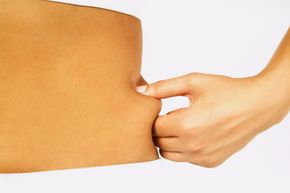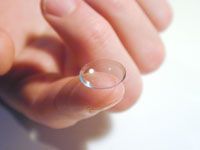When you were a kid, did you ever throw some pastel-colored pills into the bathtub and watch as they bloomed into dinosaurs andalligators? Those critters actually have something in common with a newdietpill being developed by an Italian research team.
Led by Professor Luigi Ambrosio, researchers at the National Research Council's Institute for Composite and Biomedical Materials in Naples, Italy, have created adiet pillthat expands in the patient's stomach to make him feel full. The pill is about the size of a pea or bean, but when taken with two glasses ofwater, it swells in your stomach. At maximum capacity, so to speak, the pill holds one thousand times its weight (about a liter of water).
Advertisement
The expanding diet pill is seen as an alternative to gastric bypass and other major procedures that attempt to reduce the amount of food you eat. Currently undergoing trials in Italy, the pill may be for sale sometime in 2008. However, there are safety concerns. Diet pills usually carry a potential for abuse, and in this case, abuse could carry potentially serious side effects. Two or more of the pills and a significant amount of water could lead to an immovable blockage in thestomachor even a rupture. Somebloggershave raised the issue of what happens if the pill becomes lodged in someone's throat. The pill will likely be coated so that it will not immediately absorb any nearby moisture. But if the coating dissolves prematurely, it could be quite dangerous. Presumably the trials currently underway will address some of these issues.
In the next section, we'll look at how the expanding diet pill is made.
Advertisement






